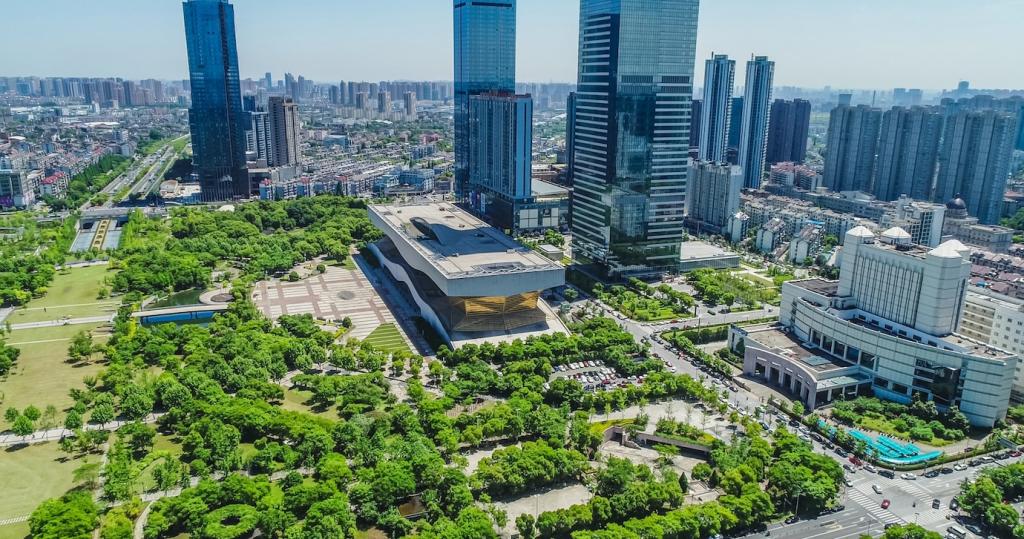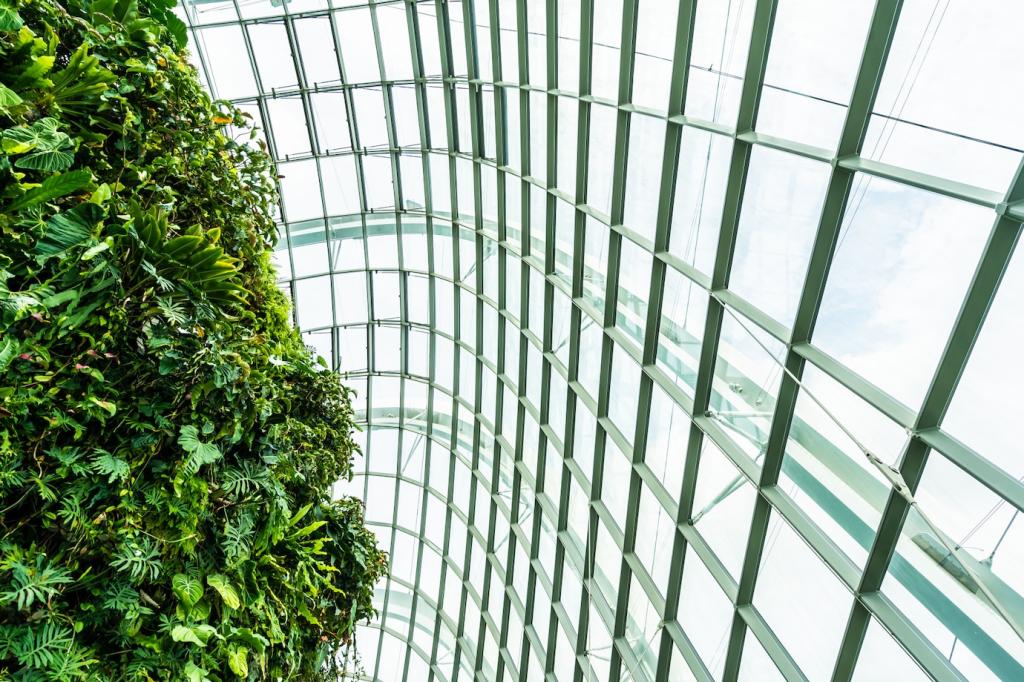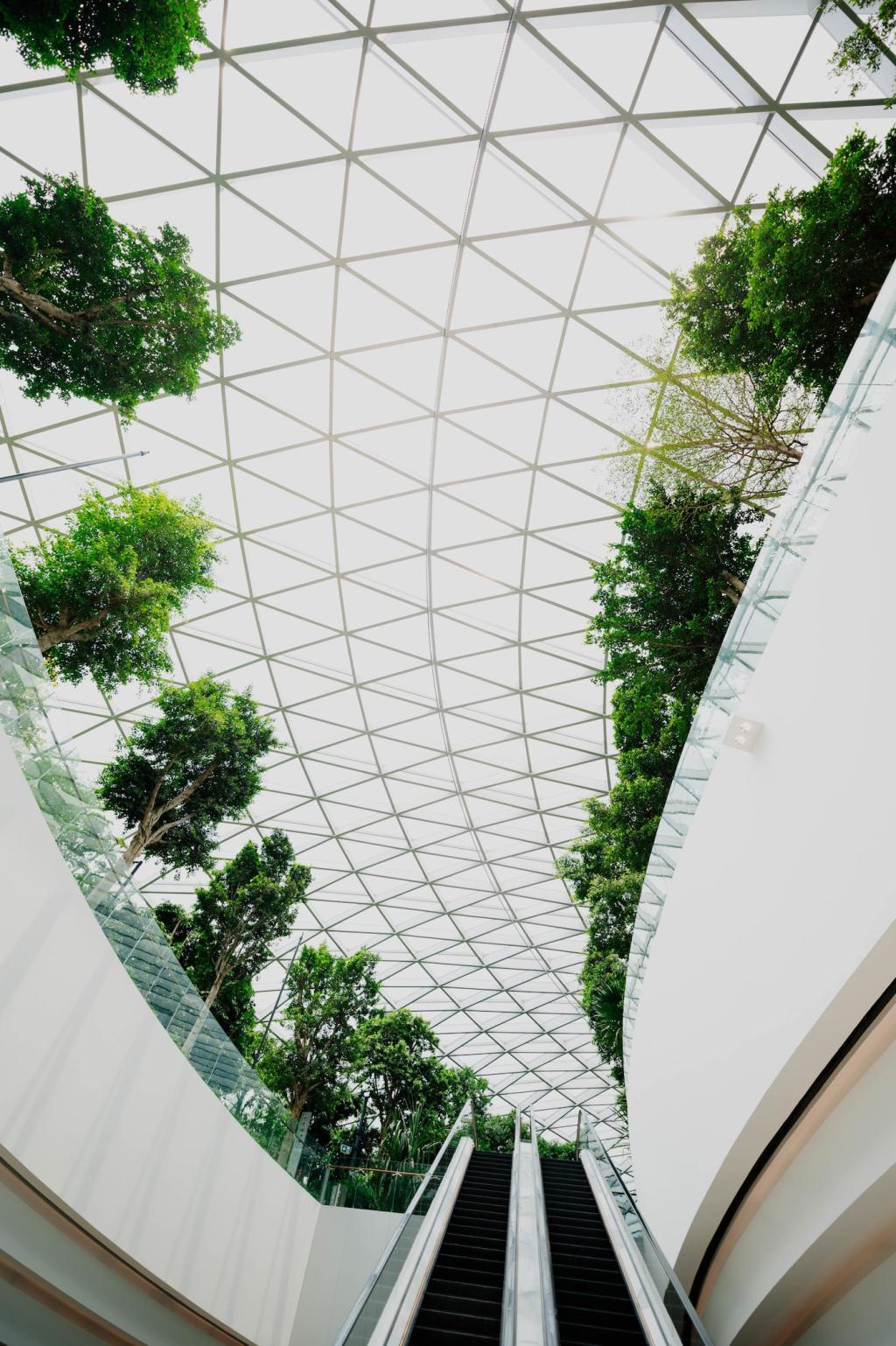This website uses cookies so that we can provide you with the best user experience possible. Cookie information is stored in your browser and performs functions such as recognising you when you return to our website and helping our team to understand which sections of the website you find most interesting and useful.
Innovative Design in Urban Green Spaces
Innovative design in urban green spaces is revolutionizing the way cities integrate nature into their built environments. In today’s fast-paced urban world, the creation of thoughtfully designed green zones brings vital health, ecological, and cultural benefits to inhabitants. By rethinking not just the aesthetics but also the functionality of parks, gardens, and public plazas, city planners and designers are promoting sustainability, resilience, and enhanced quality of life. Through creative solutions and advanced technologies, urban green spaces are evolving to meet the needs of modern communities, supporting biodiversity, improving air quality, and empowering social connection. This exploration delves into how innovation is transforming these essential urban features.

Sustainability Through Creative Solutions

Inclusive and Accessible Design

Flexible and Multi-Use Spaces


